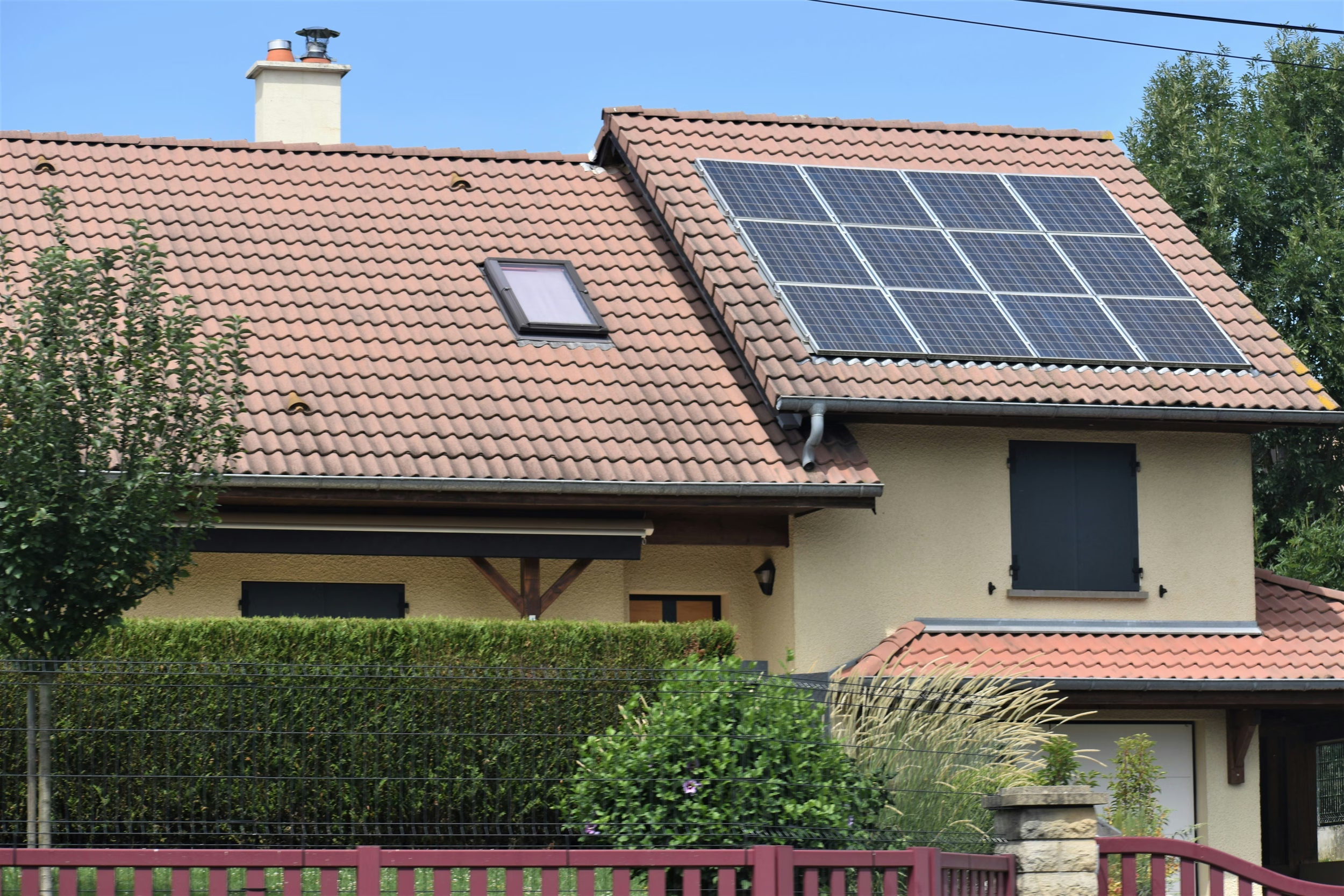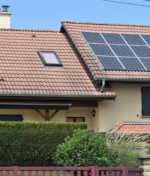
The Latest News about RMP’s Rates
As a homeowner and someone deeply invested in the future of energy, I have been closely watching the latest developments from Rocky Mountain Power. Their proposed rate increases and policy changes are going to have a major impact on Utah residents, and not in a good way. If you’re not already thinking about how to protect yourself from these rising costs, now is the time. Let’s break down what’s happening, why it’s happening, and what it could mean if you don’t take action—especially if you don’t switch to solar.
What increases is Rocky Mountain Power proposing for 2025?
Rocky Mountain Power has put forward an 18% electricity rate increase for Utah customers. Originally, they were asking for a 30% hike, so I suppose we should be “grateful” that it’s not worse. But let’s be real—18% is still a huge jump. For homeowners, that means an electric bill of $150 per month could jump to $177. If your bill is $200 now, you could be looking at $236. According to the Salt Lake Tribune, “This decision follows a compromise between Rocky Mountain Power and the Utah Division of Public Utilities, reducing the initial proposal but still imposing a substantial burden on consumers.” (sltrib.com)
And that’s not all. They are also rolling out new net billing rates, which will impact how solar customers are compensated for excess power they send back to the grid. Under these changes, the average monthly bill for solar customers could increase from $52 to $89—about a 72% jump. Rocky Mountain Power states, “The new rate structure is designed to better align with the cost of serving solar customers and ensuring grid reliability.” (rockymountainpower.net)
Why are power rates going up?
Rocky Mountain Power claims this increase is necessary due to rising operational costs, volatile fuel prices, and the expense of integrating renewable energy. But there’s another major factor at play: large-scale energy consumers, like AI data centers, are putting additional strain on the power grid.
Lawmakers in Utah are trying to address this issue with Senate Bill 132, which allows Rocky Mountain Power to negotiate separate contracts with large consumers using over 50 megawatts of power. According to Utah News Dispatch, “This bill is an effort to prevent residential customers from unfairly subsidizing the energy consumption of massive AI and data center facilities.” (utahnewsdispatch.com)
However, according to Rocky Mountain Power, large energy users are already paying more and will continue to shoulder a significant portion of the rate hikes. “Industrial and large commercial customers will bear the brunt of the increase,” reports Cowboy State Daily, “while residential customers will see an 18% rise, these larger consumers will experience an increase of up to 26%.” (cowboystatedaily.com)
What does this mean for homeowners?
If you do nothing, you can expect to see your power bills climb significantly over the next 12 months. And let’s be honest—this likely isn’t the last rate hike we’ll see. Once utilities start increasing prices, they rarely stop.
For homeowners already feeling the squeeze from inflation and the rising cost of living, this is yet another financial burden. If you’re on a fixed income or just trying to keep up with your expenses, an extra $30 to $50 per month on your electric bill adds up quickly. That’s money you could be spending on groceries, gas, or savings instead of handing it over to the power company.
How will switching to solar help?
The reality is, that homeowners who make the switch to solar in the next year will be in a much better position than those who don’t. Here’s why:
- Lower Monthly Costs: By generating your power, you won’t be as affected by these rate hikes. Yes, net billing rates are changing, but you’ll still dramatically reduce your reliance on the grid.
- Energy Independence: You’ll have more control over your power supply, especially if you add battery storage. That means fewer surprises when it comes to your bills.
- Long-Term Stability: Instead of being at the mercy of Rocky Mountain Power’s pricing, you’ll lock in lower energy costs for the next 20-30 years.
- Increased Home Value: Homes with solar sell for more—plain and simple. If you plan on selling in the future, this investment will pay off.
- Environmental Benefits: Beyond the financial aspect, solar reduces your carbon footprint and helps push the transition toward cleaner energy.
What Happens If You Don’t Go Solar?
If you choose to stick with Rocky Mountain Power’s grid over the next year, here’s what you can expect:
- Higher Bills – That extra $30 to $50 per month will only grow over time. In a few years, it could be $100 or more.
- Less Control – You’ll be stuck with whatever rate increases Rocky Mountain Power decides to push through next.
- No Relief in Sight – Energy costs aren’t going down anytime soon. If you don’t take steps now, you’ll be paying more for the same power year after year.
Final Thoughts
I understand that going solar is a big decision, but with the way things are headed, it’s quickly becoming less of a choice and more of a necessity. The longer you wait, the more you’ll end up paying to Rocky Mountain Power.
If you want to stay ahead of the curve, now is the time to explore your options. Whether you install solar panels or look into battery storage solutions, anything you do to reduce your reliance on the grid will help you avoid the financial squeeze that’s coming.
The bottom line? Rocky Mountain Power’s rate increases are going to hit Utah homeowners hard. But if you take action now, you can shield yourself from these rising costs and gain greater control over your energy future.
If you’re ready to explore solar, let’s talk. The sooner you make the switch, the better off you’ll be. Call or email us today to get your free estimate – we will scan your actual roof virtually and give you a reliable quote. #385-269-0401


